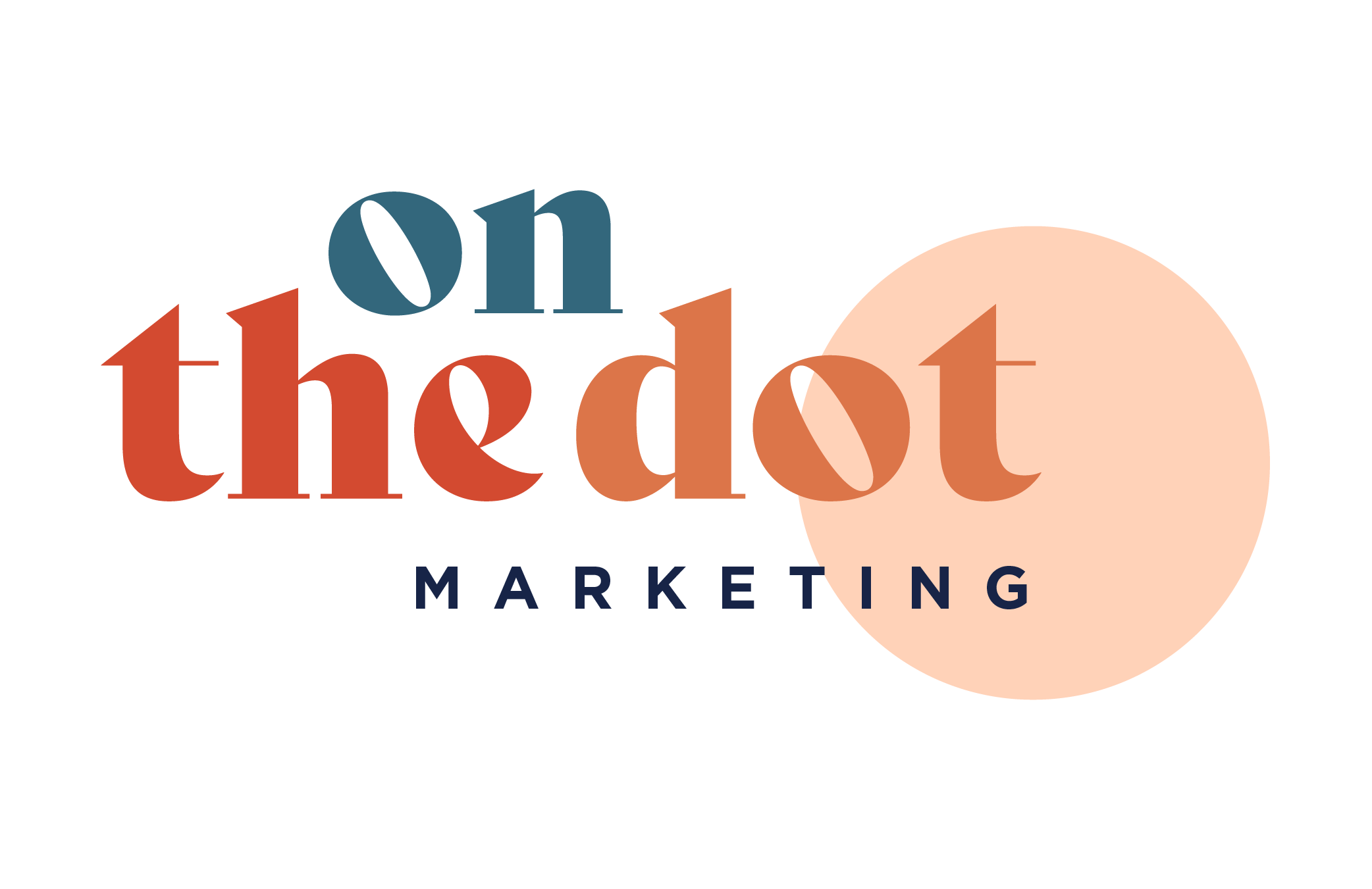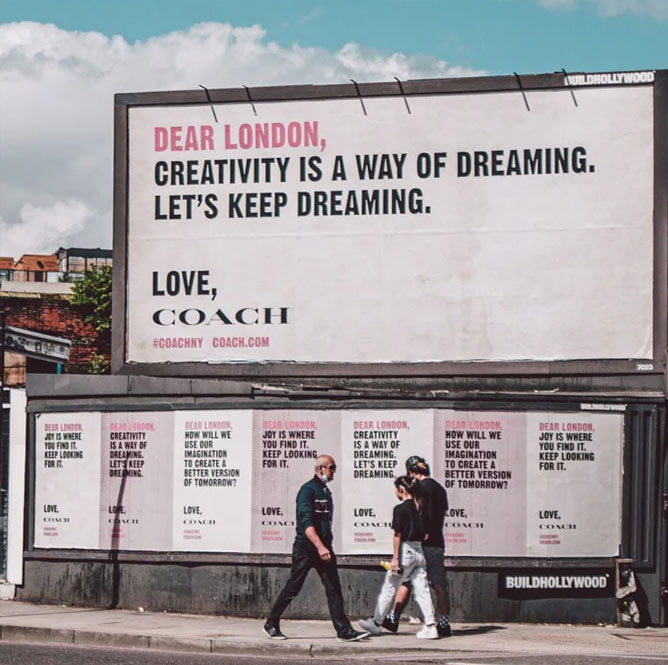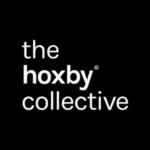Take a moment to think about the most-hyped marketing channel you know of. What are most companies or business owners, it’s fair to say, obsessed with? I’d say it’s social media, wouldn’t you agree? Tik Tok has taken the world by storm and cast your mind back to recent weeks where the Instagram rumours told us it was becoming a video-first platform – people were outraged.
If not social media, it’s definitely along the technologic route – email marketing and Google Ads are still popular but in recent years, location-based marketing and it’s highly-personalised friends like native advertising are the ones often shouted about. (Think notifications when you’re in a specific store or a sponsored ad on a website linked to something you previously browsed.) Some marketers like to call it ‘mass personalisation’ and that sort of thing can only be achieved digitally. You can’t gather someone’s data through a radio ad or billboard. So, what about the more ‘traditional’ forms of marketing?
I’m talking TV, radio, events, direct marketing through your door, print media in magazines, billboards, and out of home. This kind of promotional activity might make you think of a 60s ad agency, but it shouldn’t be pushed into the vintage pile just yet. A sprinkling of this stuff could be the gold-dust that elevates your marketing strategy. Hear me out…
Let’s go into a few types of traditional marketing and why they shouldn’t be cast to one side:
Mass marketing
This kind of marketing is the type where you tend to get a large reach but isn’t personalised at an in depth level. TV, radio, print in the media all fall into this.
You may not be able to target your exact consumer profile, but you can achieve big things by using these types of marketing medium. In June 2021, people in the UK watched an average of 1 hour, 44 minutes of commercial linear in-home TV set viewing a day*. On top of that, almost 8m adults working from home listen to commercial radio every day to help accompany their working day. This working from home audience is receptive to advertising, with 52% of them admitting that they search for something when they have heard it advertised on the radio.**
So, it’s clear that there is still a huge opportunity to catch your audience’s attention via these kind of routes. If you think about it, you’re catching people likely in a good time to buy or at least become warm to your brand. Listening to the radio, watching TV, seeing a billboard or magazine ad, we’re less likely to be focusing on a specific task in hand and therefore more receptive to advertising subconsciously. Moreover, it’s a well-known theory that you need to get in front of a potential customer/client up to 11 times before they buy your product. Especially if they are new and haven’t previously bought from you.
Think of their entire customer journey – get in front of them throughout their day, week, month. That could be something as big as a TV ad during a show they’re likely to watch or as small as a poster in a café they are likely to visit. Coupled with digital such as paid social ads, a Google ad, some emails to your subscribers, you’re well on your way to creating brand affinity and warming them to you.
Trust & word of mouth marketing
The key to conversion and loyalty – two things you almost certainly want from your customers. Where does trust come from? Word of mouth marketing. Reviews, testimonials, hearing good things from friends, family, colleagues, associates, your business network.
70% of consumers say that trusting a brand is more important today than ever before.^ Yet, that cannot come from paid content alone – advertising standards require influencers and the like to clearly state when they have been paid to advertise a product and consumers are well aware that this is the motivator, not always a total love for the product.
The answer to this potential predicament is to encourage and nurture customer relationships in order to receive organic, authentic reviews, testimonials and recommendations. Ensure you’re providing a high quality service and product (you could argue that is good marketing in itself!) This is what gets your customers/clients coming back time and time again and the key ingredient needed to get people in a frenzy over your brand.
Events
Last but certainly not least, the big old world of events. Don’t just think of these at exhibiting at a conference or even something a little more glamorous like hosting a pop-up at a festival, think of events as all you can do to give customers an experience of your brand. Creating brand affinity, excitement and bringing your story to life.
Just a few stats† show that consumers in the UK expect and are eager to truly engage with brands outside of their screen:
- 84% of UK consumers want to try new brand experiences post-lockdown
- 65% of the public want to attend a festival or outdoor market as their main experience
- 7 / 10 Respondents say that digital experiences do not compare to the real thing
If your budget doesn’t quite stretch to hosting an event at something like Glastonbury or a London pop-up, don’t worry – local markets and pop-ups in a local store can be equally as effective as long as you are sure your target audience will frequent there. Likewise, expand your reach by broadcasting the event to your community to get them involved and make physical spaces digitally explorable to encourage sharing – selfie stations, interesting focal points that people want to post on social media, competitions.
Should I ditch digital? No! Should I embrace traditional? Yes!
I’m not saying you should throw caution to the wind and convert to a totally non-digital strategy. What I am saying is traditional marketing can sometimes get a hard time. It’s seen as expensive, a little archaic. Yet, it can elevate a strategy when used alongside digital. Digital marketing is important, there’s no doubt about it. And to ignore it would be stupid, the world is advancing and we need to keep up. And yes, you can do well with a solely digital strategy – if your audience is inclined to respond to that. However, if you use the marketing forms I’ve mentioned above tactically, they can be that added customer touch point that is used to nudge, nudge, nudge your audience into buying from and loving your brand.
*https://www.thinkbox.tv/research/nickable-charts/tv-viewing-and-audiences/monthly-report/
** https://radiotoday.co.uk/2021/03/radio-listening-surges-with-working-from-home-audiences/





